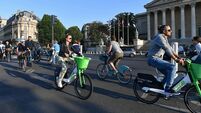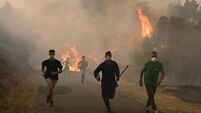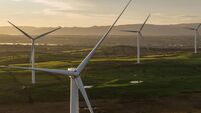Catherine Conlon: Is building walls the answer to rising migration in Europe?
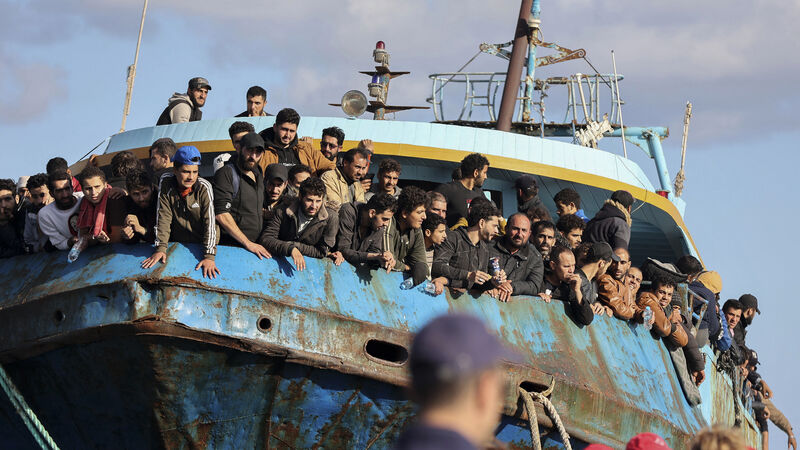
Hundreds of migrants on a fishing boat docked at the port of Palaiochora in southeastern Crete, Greece, after its arrival in November 2022. Picture: InTime News via AP
At the end of a recent official visit to Senegal in West Africa, President Michael D Higgins questioned whether current climate change agreements are enough and queried the robustness of multilateral institutions to make real progress.
The president’s comments came two months after Cop27, when climate talks ended with a ‘historic’ deal that hailed a potential turning point in the acknowledgement of the vast inequities enmeshed in the climate crisis. Agreement was reached on a global fund for ‘loss and damage’, providing financial assistance to poor nations stricken by climate disaster.
Loss and damage refers to the most severe impacts of extreme weather on the physical and social infrastructure of poor countries and the financial assistance needed to rescue and rebuild. How exactly the fund will work has yet to be ironed out and few countries have made significant pledges of cash for loss and damage.
Seemingly, this is the kind of lack of ambition and depth that the president criticised when he suggested "the nature of the climate effect is such that it isn’t viable to be talking about borders and migratory measures in the way we did before”.
Weeks later, European Union leaders said they would tighten their borders, with some seeking more fences and walls, while others would rather spend the money on improving living conditions in worse-off parts of the world.
Ireland, Austria, the Netherlands, Belgium and Denmark were among the 27 national leaders meeting in Brussels to express concern about increasing irregular arrivals, with some 330,000 border crossings recorded last year.
Taoiseach Leo Varadkar said: "European countries are experiencing a big increase in the number of people who are coming from outside Europe on an irregular basis.
"It's important that we, as Europeans decide who enters our countries, not the human traffickers... Those who gain refugee status have the right to remain, but others don't, and they should be returned."
Unable to agree, the EU has turned to tightening its borders to prevent people from the Middle East, Africa and Asia from arriving, despite criticisms that such policy was inhuman and neglected labour market gaps.
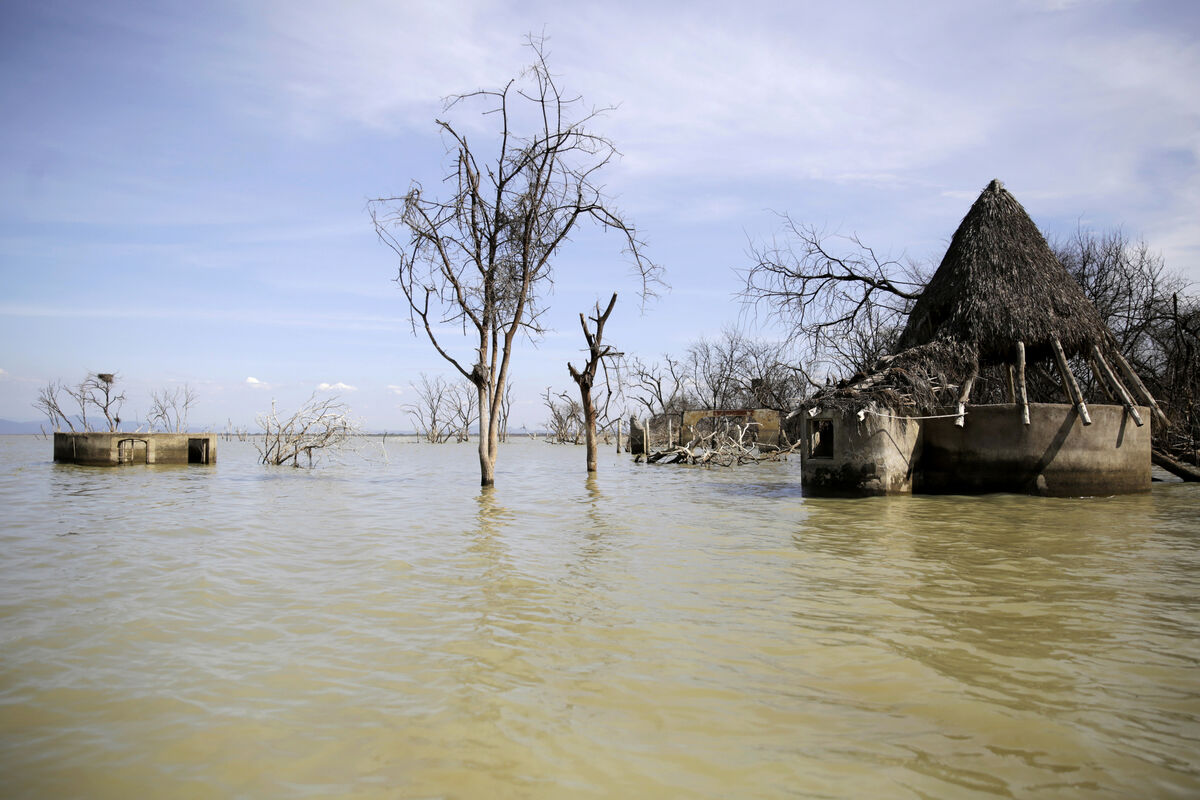
From Spain and Greece to Latvia and Poland, there were more than 2,000km of border walls and fences in the EU in 2022, compared to just over 300km in 2014, according to a report by the European Parliament.
"We need to 'pull the brake' on illegal migration in the EU," said Austrian chancellor Karl Nehammer.
The bloc’s top diplomat, Josep Borrell, said ‘Fortress Europe’ was not the answer and that the EU should also offer immigrants some legal ways to get in: "People move because in their countries there is not a future, there is no peace, there is no stability."
What is missing from this discussion is the role that climate change is playing and will continue to play in the migration of people from countries where being able to survive is being rendered increasingly challenging.
"With current warming trends, 1.2bn people could be forced to migrate by 2050," wrote Professor Taikan Oke in the . It is estimated about a fifth of these people will migrate out of their countries or regions entirely — that is 240m people.
"It might have been a flood, a drought, conflicts or climate-related famine which finally pushed them away, but there would a combination of other factors such as poverty, disease, violence, terror or oppression."
It is all interlinked, as explained by Amitav Ghosh in .
What we do know from the data is that climate change will increase global inequality. The research shows there are two main reasons around the world why poor people tend to be harmed more than rich people by climate change than rich populations.
Poorer communities have fewer resources at their disposal to protect themselves from the effects of climate change — like air conditioning, sea walls, and irrigation systems that alleviate the impact of rising temperatures and extreme weather events.
But potentially even more significant is that the effect of temperature on critical human outcomes is non-linear, explains professor of public policy at the University of California, Berkeley, Solomon Hsiang.
If a community lives in Norway, warming is helpful — heating costs and respiratory illnesses decline. In temperate zones like Ireland, warming may have little effect on wellbeing. Many studies find that the ideal temperature tends to be 13C-20C.
If a community lives in a hot zone like India or Central Africa, additional warming is very harmful, destroying crop yields, exacerbating vector-borne diseases and slowing economic growth. One additional degree of warming does not have the same effect everywhere and this has profound implications for global inequality.
- Dr Catherine Conlon is a public health doctor in Cork and former director human health and wellbeing at Safefood
CLIMATE & SUSTAINABILITY HUB




